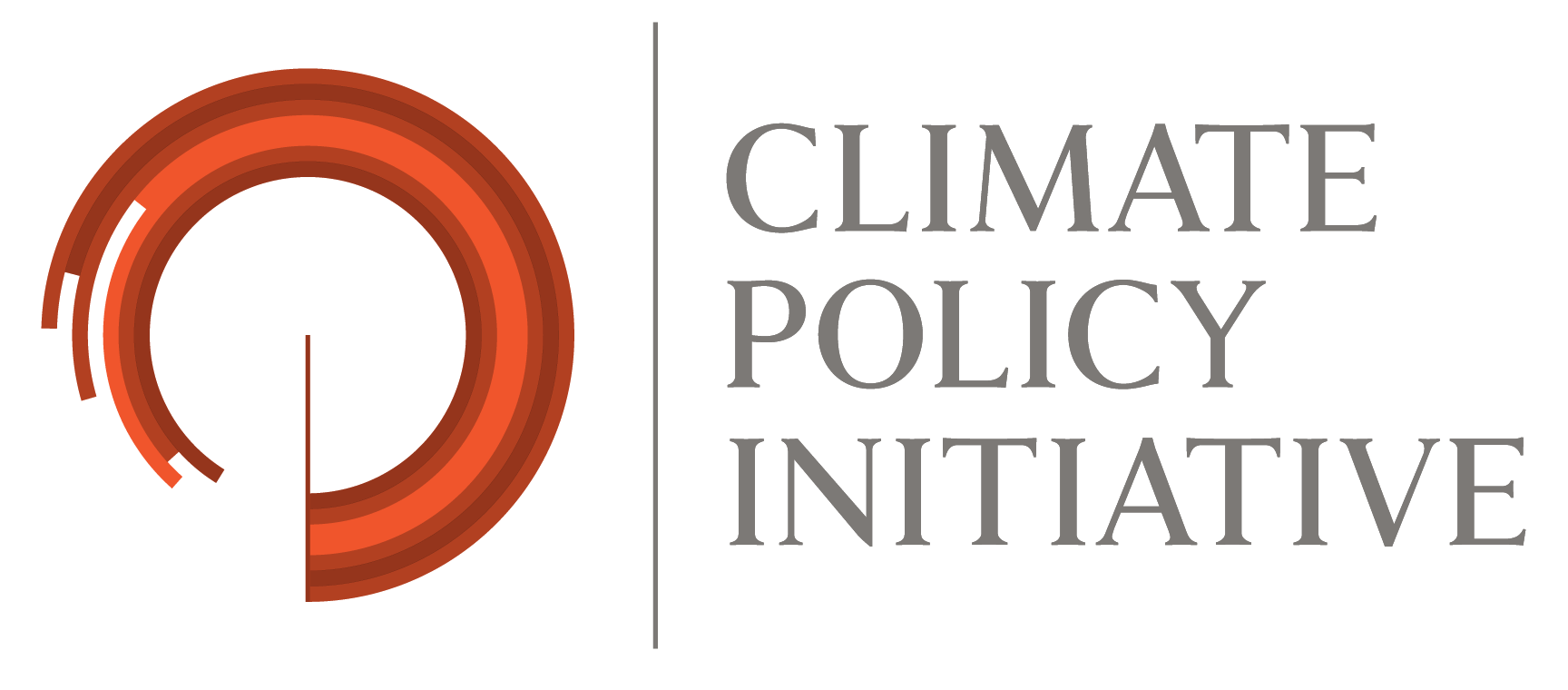Financiamento Misto
O financiamento misto é uma ferramenta essencial para ajudar as nações a cumprirem os Objetivos de Desenvolvimento Sustentável das Nações Unidas e os objetivos do Acordo Climático de Paris, além de abordar os riscos e barreiras enfrentados pelos investidores ao buscarem as oportunidades que eles oferecem.
O relatório de Finanças Combinadas em Energia Limpa do CPI analisa o que é necessário para liberar investimentos nas economias em desenvolvimento. Nossa análise constatou que as maiores oportunidades de impacto financeiro combinado estão na África Subsaariana e no Sul e Leste da Ásia, com um subconjunto de oito países de alto impacto oferecendo, sozinhos, US $ 360 bilhões em potencial de investimento em energia limpa até 2030.
Publicações em destaque
Publicação
Blended Finance Playbook for Climate-Smart Agrifood Systems
Building on field evidence and expert insights, this playbook is designed to support concessional investors to strategically and effectively invest in climate-smart agrifood systems.
Press Release
CC Facility launches new call for applications targeting sustainable agriculture and climate adaptation
This cycle will target sustainable agriculture solutions in sub-Saharan Africa and South Asia, as well as other climate adaptation and mitigation initiatives across the Asia-Pacific region.
Publicação
Building Financial Instruments for Climate Adaptation
Drawing on lessons learned from past instruments, the Lab has identified five key steps for structuring adaptation-focused financial instruments that deliver results.
Publicações recentes
Blog
Breaking Down Silos: Integrating Gender and Climate Goals in Blended Finance Transactions
Growing evidence demonstrates that women play a critical role in achieving climate goals, both as leaders in advancing climate solutions and as beneficiaries. There is, therefore, an urgent need for more investments in transactions that incorporate both gender and climate considerations.
Publicação
Understanding Global Concessional Climate Finance 2024
Concessional capital—finance offered at more favorable terms than the market—must increase by at least fivefold by 2030 to achieve the Paris goals. This new report sets a baseline for understanding global concessional climate finance and unlocking further capital for action.
Blog
JETP Resource Mobilization Plan: How Viet Nam can turn ambition into action
As various emerging economies are seeking to leapfrog coal and move to clean energy through Just Energy Transition Partnerships (JETPs), Viet Nam has passed an important first milestone by setting its Resource Mobilization Plan (RMP). CPI has outlined key takeaways from Viet Nam’s JETP and the RMP and identified some immediate actions to help them succeed.
Blog
Empowering Indonesia’s Path to Net Zero: Highlights from 2023
In 2023, momentum continued to build around Indonesia’s transition towards a more sustainable and net zero economy. Here are key highlights from our climate finance tracking, sustainable finance, and just energy transition workstreams to empower Indonesia’s path to net zero, as well as as a preview of what is in stock for 2024.
Publicação
Inclusive Climate Finance: Improving Access for Marginalized Populations in Indonesia
This report, developed in partnership with Hivos Indonesia, aims to assess the current climate finance landscape in Indonesia and explore possible ways in which climate finance can be mobilized to target the marginalized populations.
Blog
Highlights from Indonesia’s JETP Comprehensive Investment and Policy Plan
Indonesia’s JETP launched its Comprehensive Investment and Policy Plan (CIPP) on 21 November 2023. As CPI was heavily involved in the process, supporting both the JETP Secretariat’s overall editorial process and the Finance Working Group’s specific input to the CIPP, we are sharing key highlights from the document.

